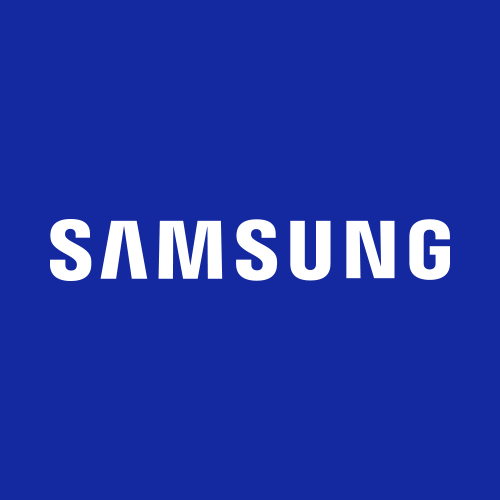I bought the Sony A9G 77" Master Series OLED when it first came out last year for $7K+. You can find it now around $3300. I haven't regretted it for a second. Even considering the higher price I paid for it. I look at it as I've had a superb viewing experience for a year!
Remember, that LED or QLED, are still LED sets. QLED only means that instead of a single light source, Samsung puts quadrants of light sources behind a pack of LCD's. That means if part of picture if really black they can simulate it by simple turning off that quadrant. If an area is really bright they can light up that area while they dim down the others. But the technology is still LCD.
If you go up to a Samsung with some readers and look very close you can see every pixel. On my Sony (or LG as LGD makes all the OLED panels for all the OLED manufacturers) you can't discern the pixels at all. LED (LCD) requires a back light source, while OLED, each pixel generates it's own light, so on is really on, off is really off at the pixel level. As LG makes all the panels, that does not nessessarily mean the LG sets are better and please stay way from the Costco specials!. All the panels are the same but that's only one part, the rest is the hardware, processor(s) software that drive the panel. If you go over to the AVS forum, you'll find that most people will rate the Sony Master Series (Sony makes a few models that are cheaper, but also without the horsepower of the Master Series) one of the highest in PQ.
So yeah, side by side in vivid mode one a pure white screen the LCD will be a bit brighter, but ask yourself, how often do you want to stare at a pure white screen? In viewing you want the highest dynamic range so that whites are white, blacks are black and gray detail is still visible even in a dimly lit scene. It's all about the way the original film or director/editor wanted you to see the picture at the theater.
Remember, that LED or QLED, are still LED sets. QLED only means that instead of a single light source, Samsung puts quadrants of light sources behind a pack of LCD's. That means if part of picture if really black they can simulate it by simple turning off that quadrant. If an area is really bright they can light up that area while they dim down the others. But the technology is still LCD.
If you go up to a Samsung with some readers and look very close you can see every pixel. On my Sony (or LG as LGD makes all the OLED panels for all the OLED manufacturers) you can't discern the pixels at all. LED (LCD) requires a back light source, while OLED, each pixel generates it's own light, so on is really on, off is really off at the pixel level. As LG makes all the panels, that does not nessessarily mean the LG sets are better and please stay way from the Costco specials!. All the panels are the same but that's only one part, the rest is the hardware, processor(s) software that drive the panel. If you go over to the AVS forum, you'll find that most people will rate the Sony Master Series (Sony makes a few models that are cheaper, but also without the horsepower of the Master Series) one of the highest in PQ.
So yeah, side by side in vivid mode one a pure white screen the LCD will be a bit brighter, but ask yourself, how often do you want to stare at a pure white screen? In viewing you want the highest dynamic range so that whites are white, blacks are black and gray detail is still visible even in a dimly lit scene. It's all about the way the original film or director/editor wanted you to see the picture at the theater.


